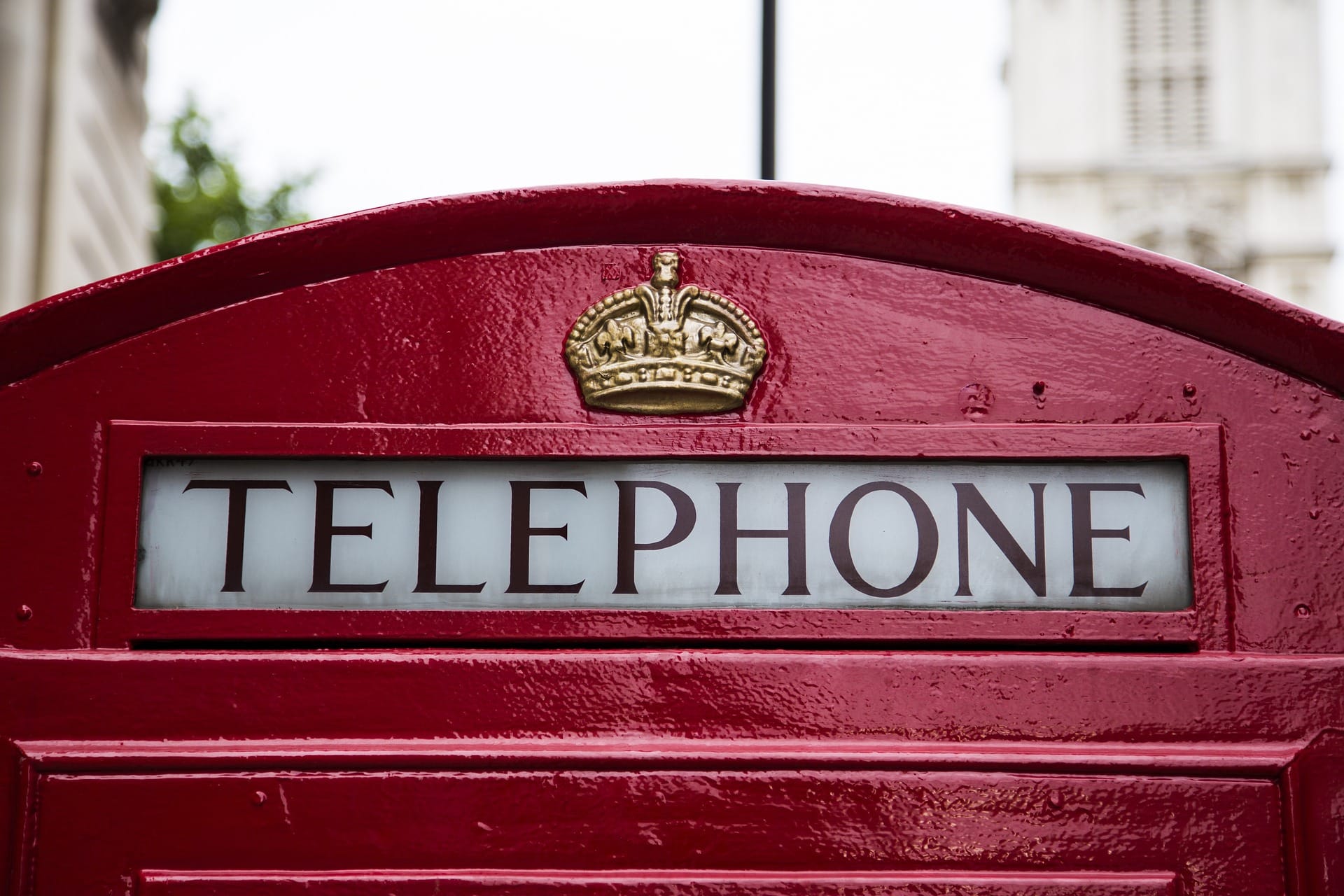In the world of legal disputes and negotiations, the term “without prejudice” is a powerful tool that allows parties to communicate openly and attempt to reach a settlement without fear that their words will be used against them in court. However, the term is often misunderstood or misused, leading to confusion about its true meaning and implications. In this blog post, we’ll explore what “without prejudice” really means, how it operates in legal contexts, and why it is crucial for both parties in a dispute.
What does “without prejudice” mean?
“Without prejudice” is a legal phrase used in communications during negotiations, indicating that the content of those communications cannot be used as evidence in court if the negotiations fail and the dispute proceeds to litigation. The main reason for this rule is to encourage a genuine attempt to settle disputes by ensuring that anything said or offered during these discussions cannot later be brought up in court as an admission or as evidence of liability. In the event that the claim goes to trial, without prejudice correspondence can be referred to in respect of the court’s discretion towards legal costs.
For example, if one person proposes a settlement figure in a letter labelled “without prejudice,” that offer cannot be used in court as evidence that the party was willing to agree to that amount. This prejudice protection allows parties to negotiate freely, without the concern that their legal standing will be compromised if the dispute goes to trial. In such circumstances, clear labelling of communications is vital.
When can “without prejudice” be used?
The "without prejudice" privilege applies specifically to genuine attempts at settlement. This means that the communication must be a part of a negotiation aimed at resolving the dispute. It's not enough to simply mark a letter or conversation as "without prejudice" if there is no intention to negotiate or if the communication is not genuinely linked to the settlement process.
There are some key situations where “without prejudice” communications might be used in:
- Settlement Offers
Typically, the other party who feels they may be at risk of an unfavourable judgment initiates the settlement offer. This offer is usually made through a formal letter or email, which is marked “without prejudice” to ensure that if the offer is rejected, it cannot be used against them in court. The receiving party then evaluates the offer based on the strength of their case, potential outcomes, and the costs of continuing litigation. This course of action involves assessing whether the settlement amount is acceptable considering the evidence, potential damages, and the risks involved in going to trial.
Often, the first settlement offer is a starting point for negotiations. Both parties may go back and forth with counteroffers, adjusting the terms until a mutually acceptable figure or agreement is reached. These negotiations are conducted on a “without prejudice” basis to facilitate open and honest communication.
Example:
In an employment tribunal dispute, an employer might offer a financial settlement to an employee who has claimed unfair dismissal, seeking to resolve the issue amicably without the need for tribunal legal proceedings..

Negotiation Discussions
Negotiations often begin with informal conversations between the parties or their legal representatives. These discussions are typically marked “without prejudice” to encourage open dialogue. The goal is to identify the key issues in dispute and explore possible solutions.
During these discussions, the parties might discuss various forms of resolution, such as payment plans, compromises on certain claims, or agreements to modify behaviour in the future. The “without prejudice” protection ensures that any proposals made during these discussions cannot be used as evidence of liability if negotiations break down.
If the parties can agree on a resolution, they will usually formalise the agreement in writing, often in the form of a concluded settlement agreement. This document outlines the terms of the settlement and is binding on both parties. If the negotiations fail, the “without prejudice” communications are not admissible in court, preserving each party’s legal position.
Example:
Two companies involved in a contractual dispute may meet to negotiate a new agreement or modify the terms of their existing dispute contract, avoiding the need for litigation.
- Mediation
Mediation is a structured process in which a neutral third party, known as a mediator, facilitates discussions between the disputing parties to help them reach a mutually acceptable resolution. Mediation is a voluntary process, and the mediator does not have the authority to impose a decision. Instead, their role is to guide the parties towards a settlement. These mediation discussions are usually confidential and without prejudice.
Example:
In commercial disputes, businesses often turn to mediation to resolve disagreements over contracts, intellectual property, or partnership issues, with the goal of maintaining their business relationship while finding a solution that serves both parties’ interests.
Exceptions to “without prejudice”
While the “without prejudice” rule offers significant protection, it is not absolute. There are several important exceptions where “without prejudice” communications can be admitted in court:
- Unambiguous impropriety. If a communication marked “without prejudice” contains threats, blackmail, or other forms of misconduct, it may lose its protection and be admissible in court.
- Waiver by agreement. If both parties agree to waive the “without prejudice” protection, the communication can be admitted as evidence.
- Settlements and costs. Once a settlement is reached, the “without prejudice” protection no longer applies, and the terms of the agreement can be used as evidence in enforcing the settlement. Additionally, the courts may consider “without prejudice” offers when determining the awarding of legal costs after a trial.
- Part 36 offers. Offers made under Part 36 of the Civil Procedure Rules are treated differently from other “without prejudice” offers. Part 36 offers can have specific consequences for the awarding of costs, and while they are also generally protected, they must be carefully managed to ensure compliance with the rules
Practical considerations for using “without prejudice”
Understanding when and how to use “without prejudice” communications is crucial for anyone involved in a genuine legal dispute. Here are some practical key points:
- Be clear on intent. Ensure that any “without prejudice” communication is genuinely aimed at settling the dispute. Misuse of the term can lead to confusion or the loss of its protection.
- Mark communications appropriately. Clearly mark letters, emails, and other communications with “without prejudice” if they are intended to be part of settlement negotiations.
- Seek legal advice. If you’re unsure whether a communication should be marked as “without prejudice” or if you’re dealing with complex negotiations, it’s wise to seek legal advice. Missteps in this area can affect your ability to rely on the privilege later, and may even impact your position on appeal.
Conclusion
“Without prejudice” is a fundamental concept in legal negotiations, providing a safe space for parties to explore settlements without compromising their legal positions. While it offers significant protection, it must be used correctly and with a clear understanding of its limits and exceptions. Understanding “without prejudice” can be the subject of confusion for many, but with the right approach it can decide the outcome of a dispute.
If you’re navigating a legal dispute and need further guidance on using “without prejudice” communications effectively, contact our team. We will be happy to support you in negotiating confidently and protecting your legal position.





